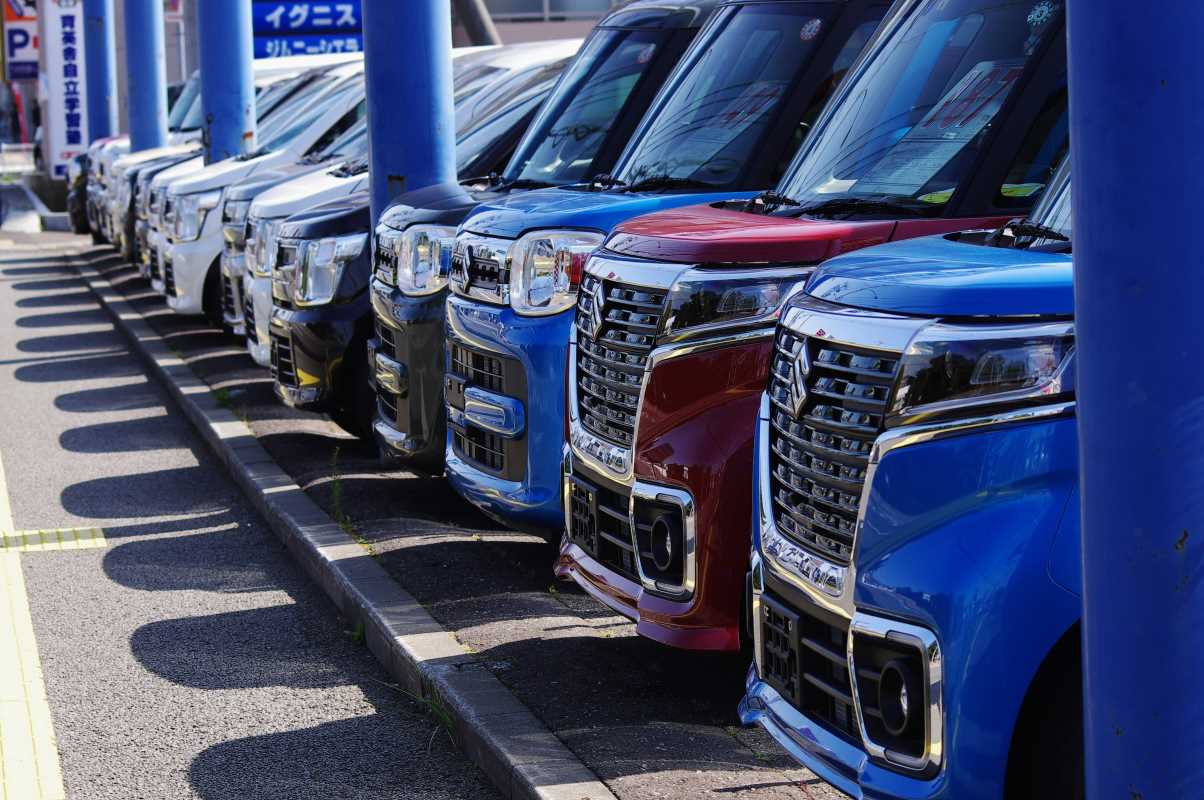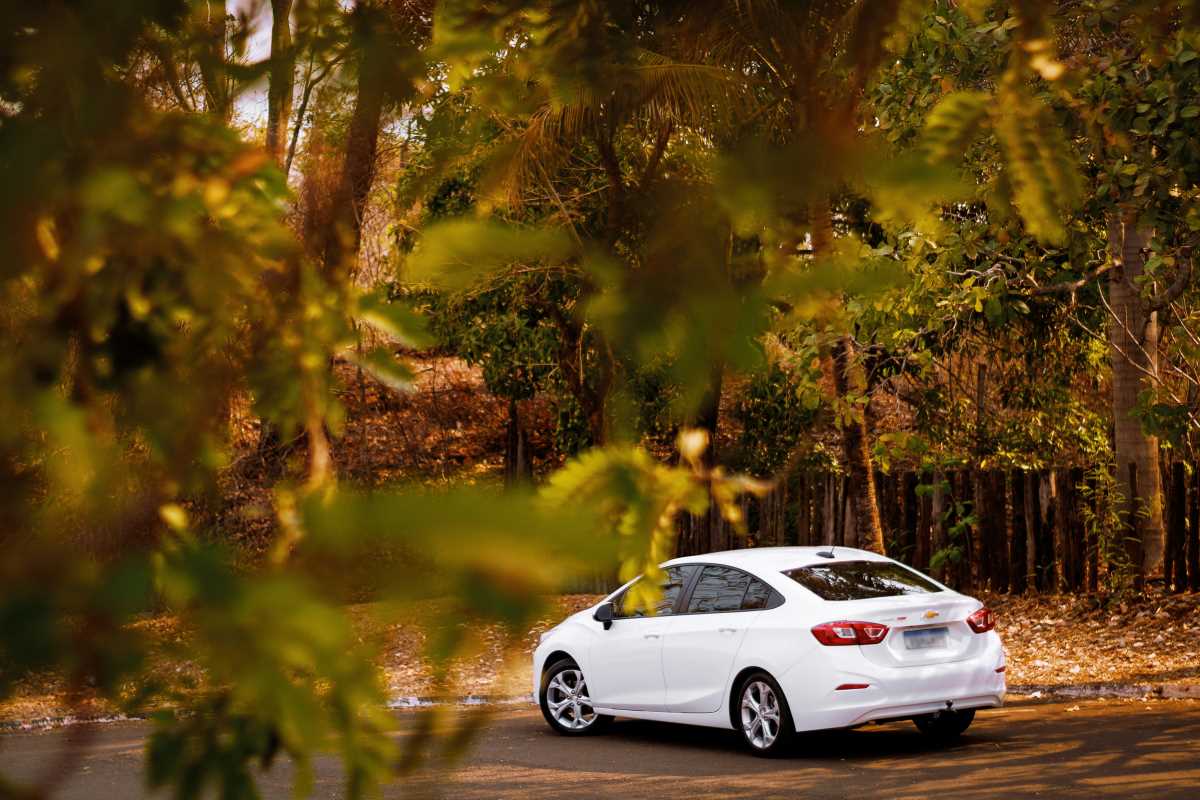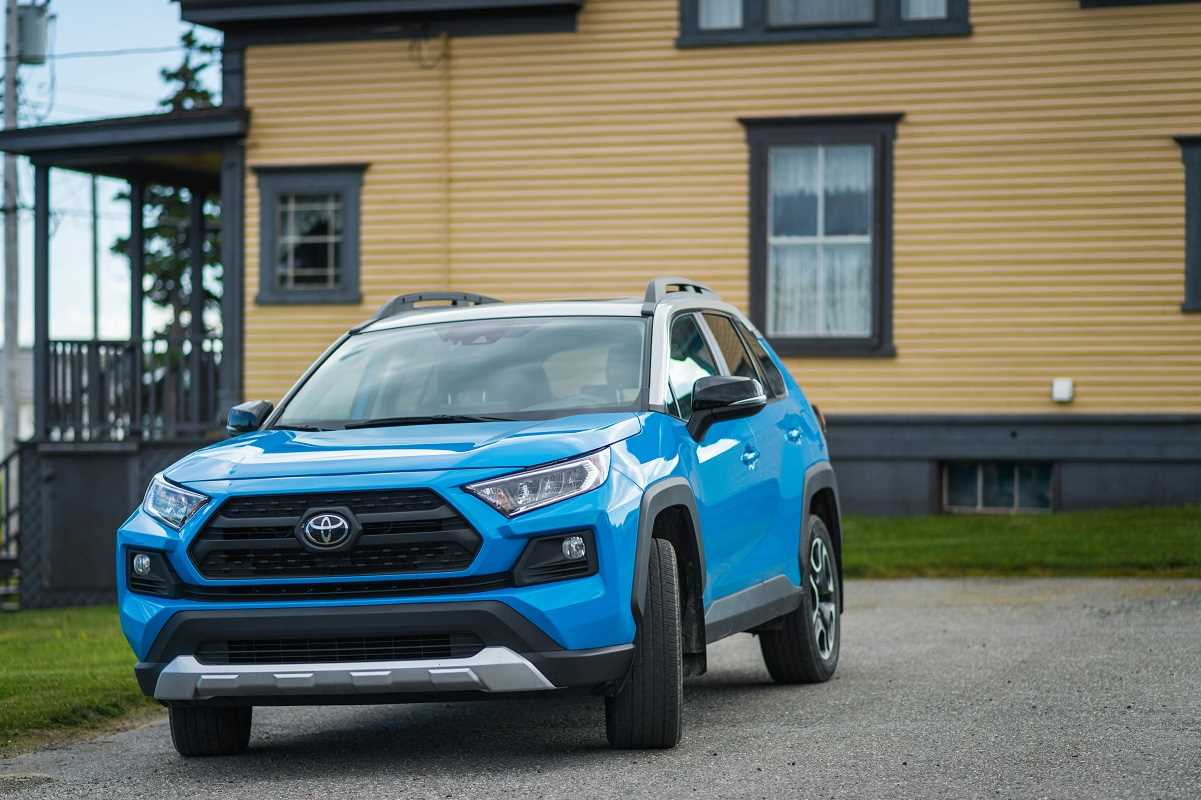There's a unique pain that every car owner feels when they discover the first scratch on their vehicle's perfect paint job. Whether it’s from a stray shopping cart, a careless key, or a rogue tree branch, that single mark can be incredibly frustrating. For years, the only solutions were expensive buffing, polishing, or even a complete repaint. But what if your car could just… fix itself? This is the promise of self-healing car coatings, a revolutionary technology straight out of science fiction. These advanced clear coats are designed to automatically repair minor scratches and swirl marks when exposed to heat from the sun or another source. It’s a groundbreaking development that could make worrying about everyday paint damage a thing of the past.
The Science Behind a Self-Healing Surface
So, how does a car's paint magically mend itself? The secret lies in the unique chemical structure of the coating. Traditional automotive clear coats are made of polymers—long chains of molecules—that are cross-linked together in a rigid, fixed structure. When this surface is scratched, the links are permanently broken. You can polish the surface to smooth the edges of the scratch, but the material itself is not actually repaired.
Self-healing coatings, on the other hand, are made from special polymers that have a "memory." These polymer networks are designed to be dynamic and reversible. Imagine a net made of interconnected springs. When you cut one of the springs, a traditional net is broken for good. But in a self-healing network, the ends of the springs have a way to find each other and reconnect.
This is often achieved through a few different scientific approaches. One popular method involves incorporating special chemical bonds within the polymer network that can break and reform. When a scratch occurs, these bonds are separated. Applying energy, usually in the form of heat, gives the molecules the mobility they need to move around, find their broken counterparts, and re-establish their connections. As these bonds reform across the scratch, the material pulls itself back together, and the scratch vanishes. Another approach uses a network of microscopic capsules filled with a healing agent. When a scratch ruptures these capsules, the agent is released, filling the gap and hardening to seal the damage.
How Does the Healing Happen?
The "healing" process for these coatings is remarkably straightforward and often requires no special effort from the car owner. The most common catalyst is heat. Many of these coatings are designed to work at temperatures easily achieved on a warm, sunny day. If your car gets a minor scratch, you might just need to park it outside in the sun for a few hours. The sun's warmth provides enough energy to activate the polymer network, causing the molecules to realign and repair the damage. The surface effectively smooths itself out, and the scratch disappears.
For deeper scratches or for a faster repair, a more direct heat source can be used. A professional detailer might use a heat gun, or even pouring warm water (typically around 140°F or 60°C) over the affected area can be enough to trigger the healing process. The change can be dramatic, with visible scratches fading away in a matter of minutes.
It’s important to note that this technology is designed for light to moderate damage to the top clear coat layer. It won't fix a deep gouge that has gone through the paint and down to the metal. However, for the vast majority of everyday wear and tear—like swirl marks from car washes, light scuffs, and minor scratches—this technology is incredibly effective.
The Benefits of a Car That Fixes Itself
The most obvious advantage of a self-healing coating is the long-term aesthetic appeal. Your car will look newer for longer. The constant barrage of minor imperfections that can make a car's finish look dull and aged over time can be continuously erased. This maintains that "showroom shine" with very little effort. It reduces the need for frequent polishing and paint correction, which can save a car owner significant time and money over the life of the vehicle.
These coatings also provide excellent protection. They are often more durable and resistant to chemical etching from things like bird droppings and bug splatter than traditional clear coats. Because the surface can repair itself, it maintains its integrity, offering better and more consistent protection for the paint underneath. This enhanced protection helps preserve the car's value. A vehicle with a pristine paint job will have a much higher resale value than one covered in scratches and swirl marks.
There is also an environmental benefit. By reducing the need for frequent polishing, which uses chemical compounds, and repainting, which involves volatile organic compounds (VOCs), these coatings can help lower the environmental impact associated with vehicle maintenance. Keeping the original paint in perfect condition for as long as possible is a more sustainable approach.
Are There Any Downsides?
While self-healing technology is impressive, it’s not without its limitations. The primary barrier for most people is the cost. Applying a high-quality self-healing coating is a specialized process and is considerably more expensive than a traditional wax or sealant. It's often included as a premium feature on luxury vehicles or applied as an aftermarket paint protection film (PPF) by professional installers.
Additionally, the healing ability is not infinite. Over time, after many healing cycles, the chemical properties of the coating can begin to degrade, and its ability to repair itself may diminish. However, top-tier products are designed to last for many years before this becomes a noticeable issue. As mentioned before, the technology is also limited to the clear coat. It cannot repair damage that penetrates all the way to the car's metal body. It is a solution for surface-level imperfections, not for major collision damage.







